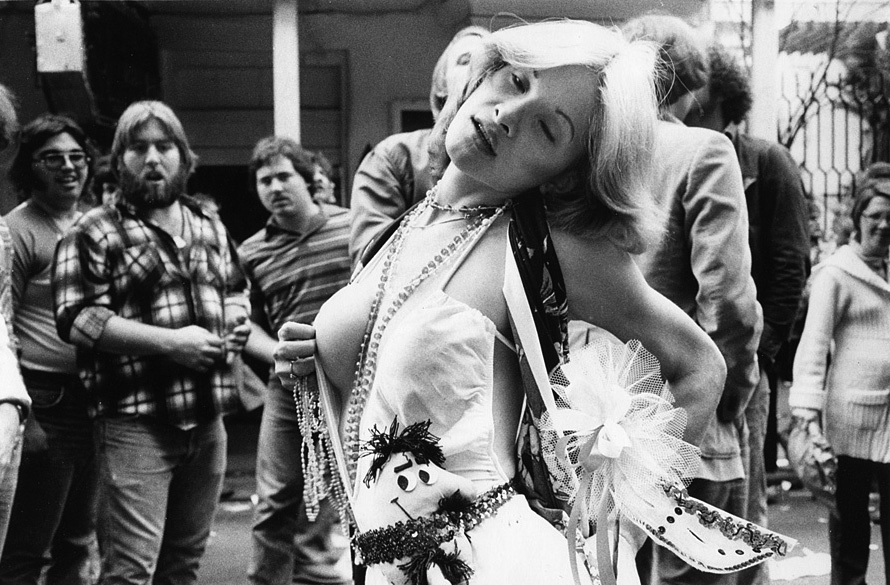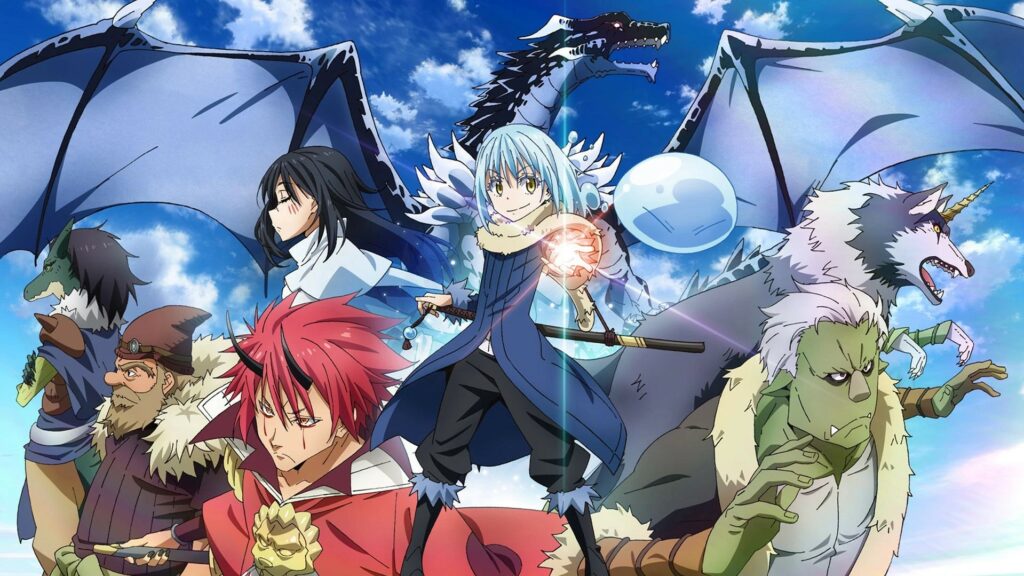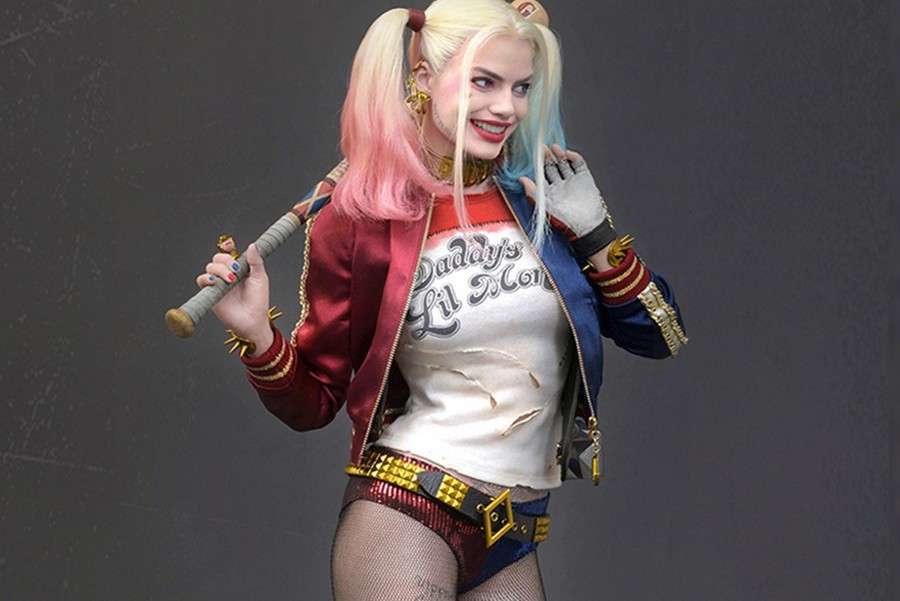Since the Spring/Summer 2015, in the fashion world we started to hear some adjectives like exotic, free-flowing, bohemian, hippy, gypset (gypsy and jet set), chic, and retro. Obviously, since then the sexy 70s fashion trend has been back into mainstream.
So, what is the sexy 70s? Well, 70s gave so much effects to fashion world and one of the most popular styles was the haute-hippy that was showed by gypset and boho-luxe (bohemian and luxurious) looks. The looks are globe-trotting, glamorous, luxurious, hedonistic, and flamboyant.
With some modern touches, the free flowing style with fresh color combos are striking back to the present. And in this 2017, the style will be still in vague or maybe even grows bigger.
Yeah, well… fashion is cylical after all.
Thea Porter (died in 2000), a painter and interior designer turned fashion designer, was someone who explored this exciting look.
Porter spent most of her childhood in Middle-East specifically in Jerusalem and Damascus, and was hugely influenced by Middle-Eastern aesthetics. Having moved to London firstly as a painter, she soon turned to interior design and then fashion, her boutique then became a social hub for like-minded souls. The Beatles, Pink Floyd and Jimi Hendrix were all early visitors to the store, and frequently wore her menswear.
After not so long, the designer expanded to Paris and Los Angeles. On the west coast she coincided fortuitously with the new counter-cultural wave, the trendy rich-hippy.
What Made 70s Such an Influential Era In Fashion?
“In the late 1960s people wanted change. Fashion became softer, more romantic, less aggressive, free-flowing. Other cultures – particularly North African and Middle Eastern – as well as nostalgia for the 1930s and the Victorian era were tapped into. And fashion became more in tune with music,” said Dennis Northdruft as written in BBC Culture.
The early 1970s was a time of idealism, radicalism, anti-consumerism, social upheaval and change, with racial and gender equality hitting mainstream thought. But of course the bohemianism had been around long before the 1970s.
Bohemian as a philosophy and cultural sensibility first emerged in the 19th and 20th Centuries, largely as a non-conformist rebellion against the rise of bourgeois rigidities. The Romantic poets, the Pre-Raphaelite painters, the Surrealists, the Bloomsbury set, the Beatniks, all of these cultural and artistic movements adhered to bohemian values.
“From the outset, real Bohemians set themselves up as saboteurs of the economic meritocracy to which the early 19th Century gave birth,” writes philosopher Alain de Botton in his book, Status Anxiety. It was not until the late 1960s and 1970s that bohemianism merged into a movement of counter-culture and made a hippydom.
“The hippie look started out as more of a political statement, a type of anti-fashion, but it soon became the fashion itself,” writes author Laura McLaws Helms in her book, Thea Porter: Bohemian Chic, which is co-written with the designer’s daughter Venetia Porter.
Needless to say, the whole notion of haute-hippy fashion and boho finery is a contradiction in terms, since bohemianism as an ethos was founded on anti-materialism. But when it became a fashion itself, it gave glamorous, luxurious, and hedonistic vibes and lifestyle.
The sexy 70s style takes the wearer perhaps to a simpler time with a heady place of ease, romanticism, hedonism, liberation and confidence. Of course it is a fantasy, but that is part of the bohemian aesthetic’s power. As Thea Porter herself wrote, “Whatever else clothes may be about, I believe they must add to the enjoyment of life.”
The romantic era of the ‘70s fashion was all about freedom, a variety of colors, eclectic looks and a tendency to mix and match different styles with each other. It’s the period of the simultaneous existence of several styles in the fashion industry and the decade when the subcultures of hippies, punks and bohemian chic style followers emerged.
Some fashion people love this era for its liberalism and the endless creativity even sometimes leading to little craziness, while others criticize the seventies fashion because of the apparent absence of any style rules and standards. Still, the seventies style is much appreciated for it became a means of expressing the individuality of a person.
Bringing such mainstream trends as boho-chic vibes, folk, gypsy, hippie, ethnic, retro, classic, disco, safari, military, sporty chic and unisex fashion, the seventies fashion era can be rightly called the most diverse and vibrant decade in the history of fashion. Despite the fact that seventies are regarded as “anti-fashion” and the decade of “a bad taste” by some people.
The 70s has been back since few years ago with some modern touches, it makes the original more sleek, powerful, and also playful. It’s a seductive look, occasionally absurd.
Sources : GQ, BBC Culture, Fashionisers
Putu Radar Bahurekso
t : @puturadar | ig : putu.radar









שלום רב אנו חברת שילוח המתמחה בהובלות מטענים באוויר ומשלוחי אקספרס כולל מסוכנים מחירים ללא תחרות .
אפשרי ליצור איתך קשר טלפוני ?
dermaer05@gmail.com
Thanks for sharing. I read many of your blog posts, cool, your blog is very good.